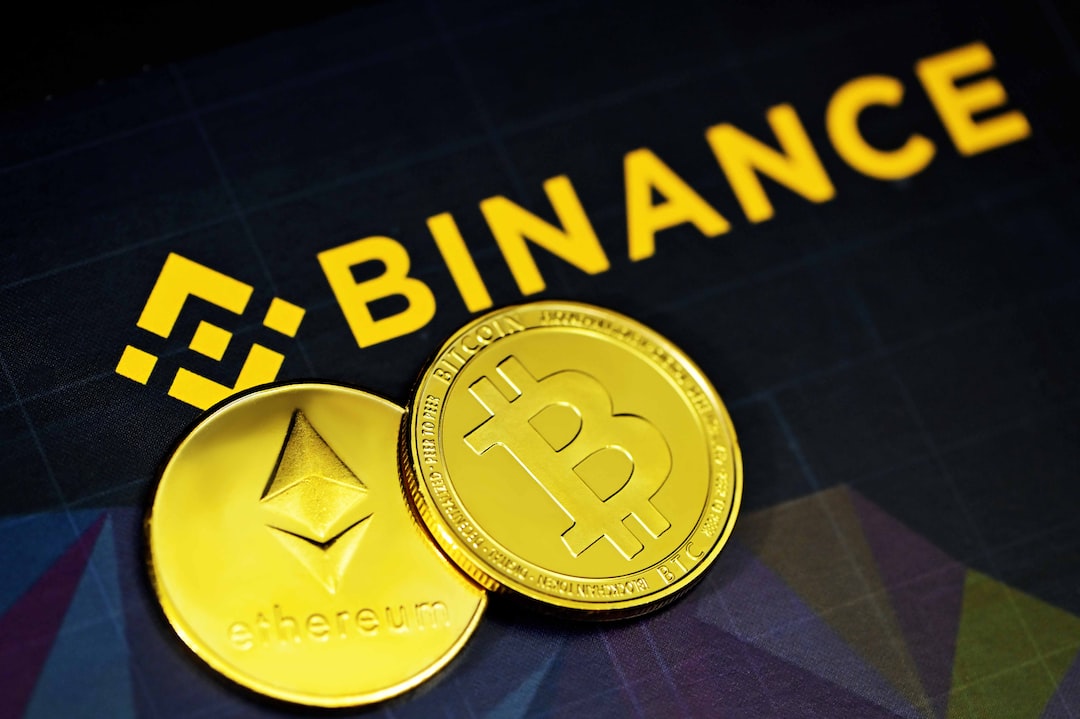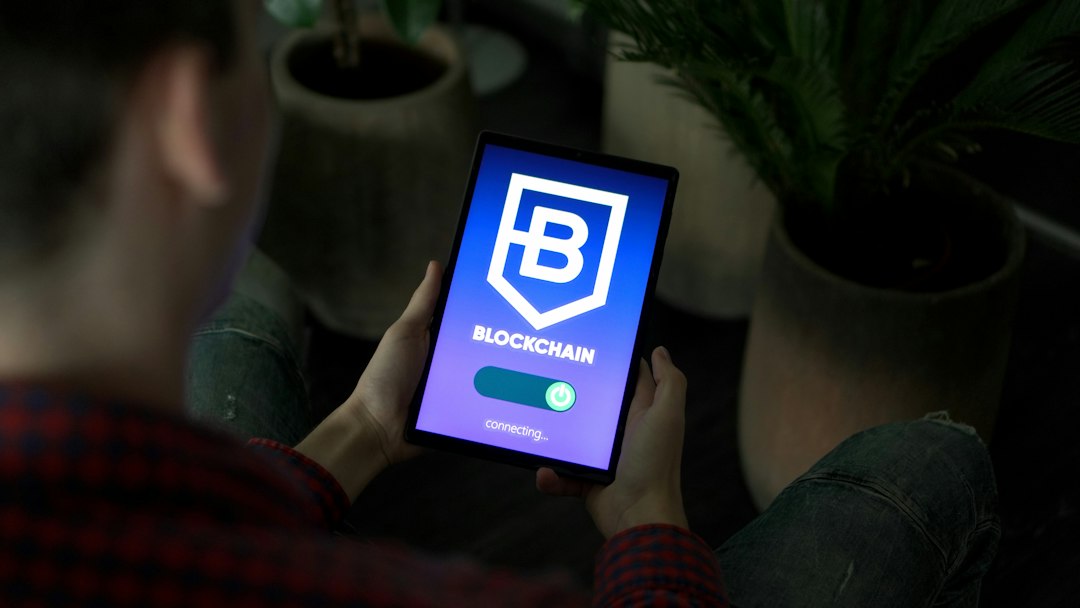Bitcoin Network Faces Congestion as Mempool Reaches All-Time High
Bitcoin’s network is currently experiencing congestion, leading to high transaction fees and a bloated mempool. The mempool, which functions as a waiting room for transactions to be confirmed and added to the blockchain, is at its highest point in BTC history, according to on-chain analyst Willy Woo.
The congestion is due in part to the increased demand for blockspace caused by inscriptions, a feature popularized by Bitcoin Ordinals. Inscriptions allow users to add images, texts, or audio to the blockchain. While fees are not as high as during the Ordinal craze in May, the network has been unable to clear its mempool since then.
What Are Inscriptions and How Do They Affect the Network?
Inscriptions refer to transactions that “inscribe” information onto the blockchain. These transactions account for 50-60% of confirmed transactions and contribute to the current congestion. They are sensitive to high fees but are willing to buy cheap blockspace.
This increase in transactions leads to higher fees, which some users welcome as it contributes to securing Bitcoin solely through the fee market. However, this also poses challenges for smaller transactions on the Lightning Network, one of Bitcoin’s Layer-2 scaling solutions.
The Future of Bitcoin’s Network
Developers have made significant improvements in blockchain efficiency since the congestion experienced in 2017. However, it is unclear how long the current congestion will last. Willy Woo raises concerns about payment frauds and compromises in the Lightning Network if fees continue to rise during a bull market.
While Lightning may alleviate some of the load, finding a balance between affordable fees and maintaining network security remains crucial. As Bitcoin moves away from network subsidies, transaction fees will become the primary means of securing the network.
Hot Take: The Challenges of Congestion and Network Security
The current congestion in Bitcoin’s network highlights the challenges of balancing transaction fees, network capacity, and security. Inscriptions have contributed to increased demand for blockspace, leading to high fees. While this may be advantageous for securing Bitcoin in the long run, it poses difficulties for smaller transactions on the Lightning Network.
Developers have made strides in improving blockchain efficiency, but the future of Bitcoin’s network remains uncertain. As fees continue to rise, concerns about payment frauds and compromises arise. Finding a middle path that ensures both network security and accessibility for everyday payments is crucial as Bitcoin transitions to relying solely on transaction fees.





 By
By
 By
By

 By
By

 By
By